Deck & Commander Strategies

Azusa, Lost but Seeking
Ramp aggressively by playing multiple lands per turn to cast large creatures and overwhelm opponents with board presence.
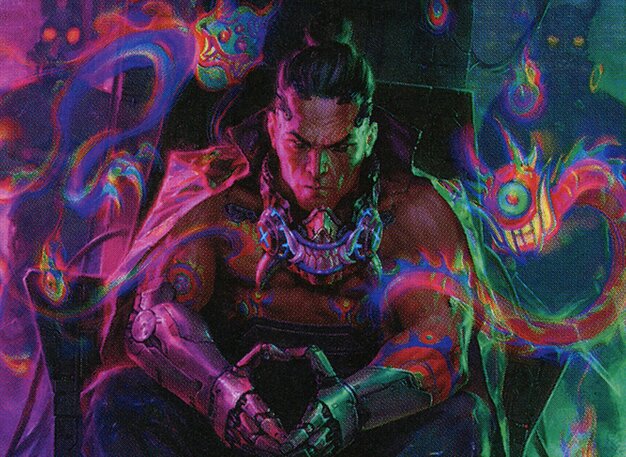
Satoru Umezawa
Utilize ninjas and evasive creatures to sneak damage through, combining combat tricks and incremental value to chip away at opponents.
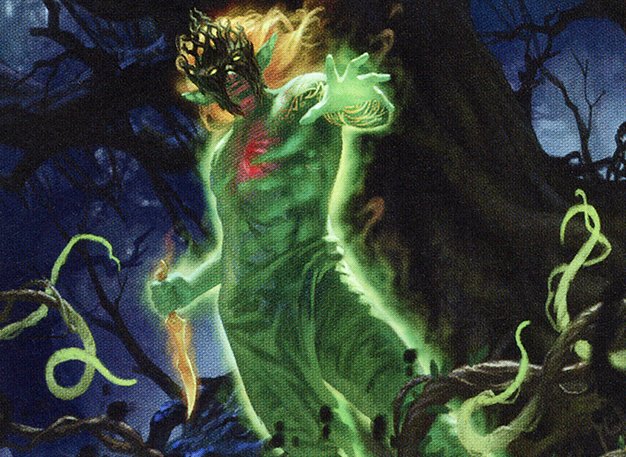
Obuun, Mul Daya Ancestor
Landfall and token synergy to build a resilient board, leveraging creatures that grow stronger as more lands enter play.
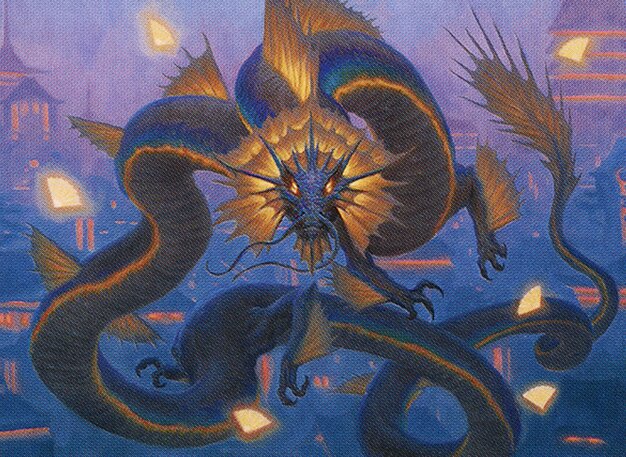
Ao, the Dawn Sky
Control the board with flying vigilance creatures and spells that create value, focusing on defense and incremental advantage.
Gameplay Insights
- 1
Use of Stoneforge Mystic early to fetch equipment gave a significant tempo and combat advantage.
- 2
Proliferate from Evolution Sage enhanced counters on creatures and permanents, pressuring opponents over time.
- 3
Players made strategic choices to save key creatures or spells for pivotal turns rather than overextending early.
- 4
Careful management of ramp and land drops was crucial, especially with Azusa’s ability to play multiple lands each turn.
- 5
Combat phases were central, with players leveraging tokens and equipment to maximize damage while maintaining board presence.
Notable Cards
-

Azusa, Lost but Seeking
-
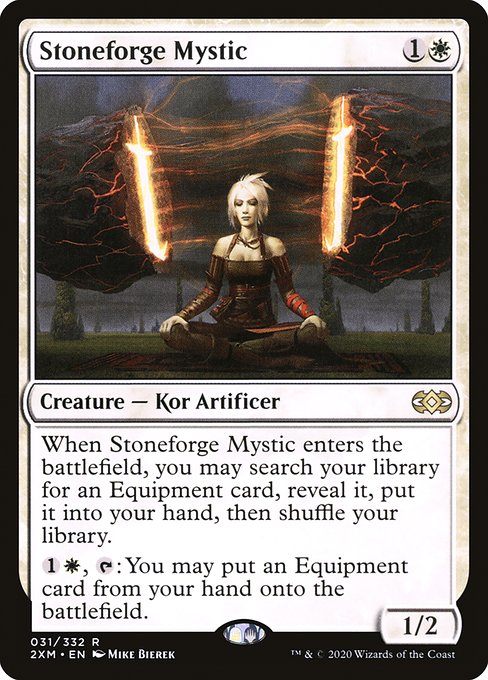
Stoneforge Mystic
-
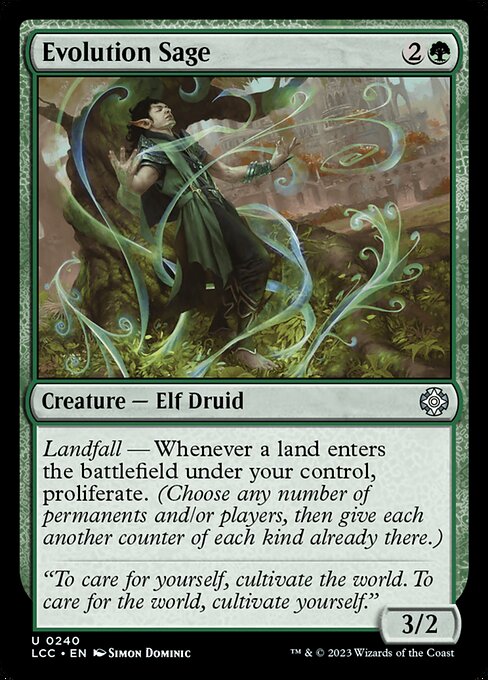
Evolution Sage
-
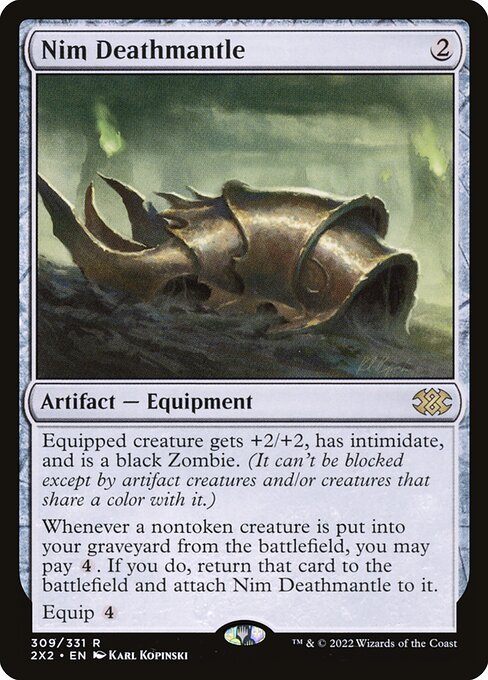
Nim Deathmantle
-
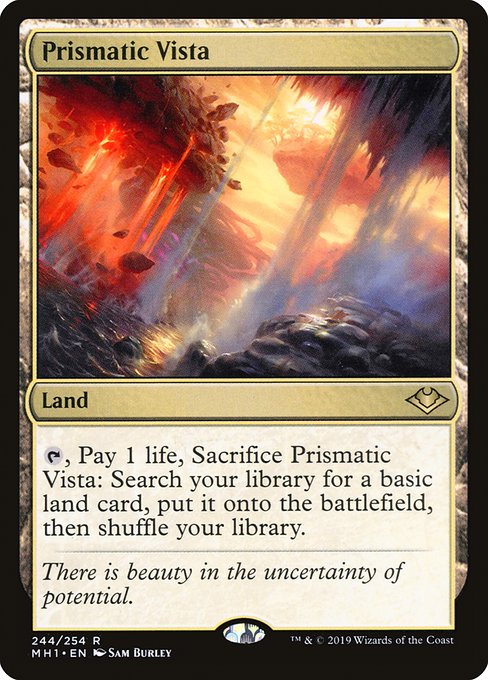
Prismatic Vista
Gameplay Summary
The game unfolded with each player developing their board and strategies around their commanders.
Azusa, Lost but Seeking aimed to ramp aggressively and deploy multiple lands per turn to overwhelm opponents with big creatures and continuous board presence.
Satoru Umezawa played a sneaky, ninja-themed deck focusing on evasive creatures and incremental damage through combat tricks.
Obuun, Mul Daya Ancestor’s deck leaned into landfall and token synergies, creating a resilient board state through creatures and value from lands entering play.
Ao, the Dawn Sky utilized a more defensive and control-oriented strategy, leveraging flying vigilance creatures and value from spells to maintain board control. Key turning points included early ramp and equipment plays, such as Stoneforge Mystic fetching powerful equipment that threatened to swing combat decisively.
Players also used proliferate and other counters to enhance their permanents and pressure opponents.
The game featured heavy interaction with combat phases, where blocking and token generation were pivotal.
The board states grew complex with multiple tokens and equipment enhancing creatures, setting the stage for a potential alpha strike or a slow attrition win.
The game appeared to revolve around board control and value generation rather than a single combo or instant win condition, with the ramp and tempo of Azusa and the sneaky attacks from Satoru Umezawa providing consistent pressure throughout.























































